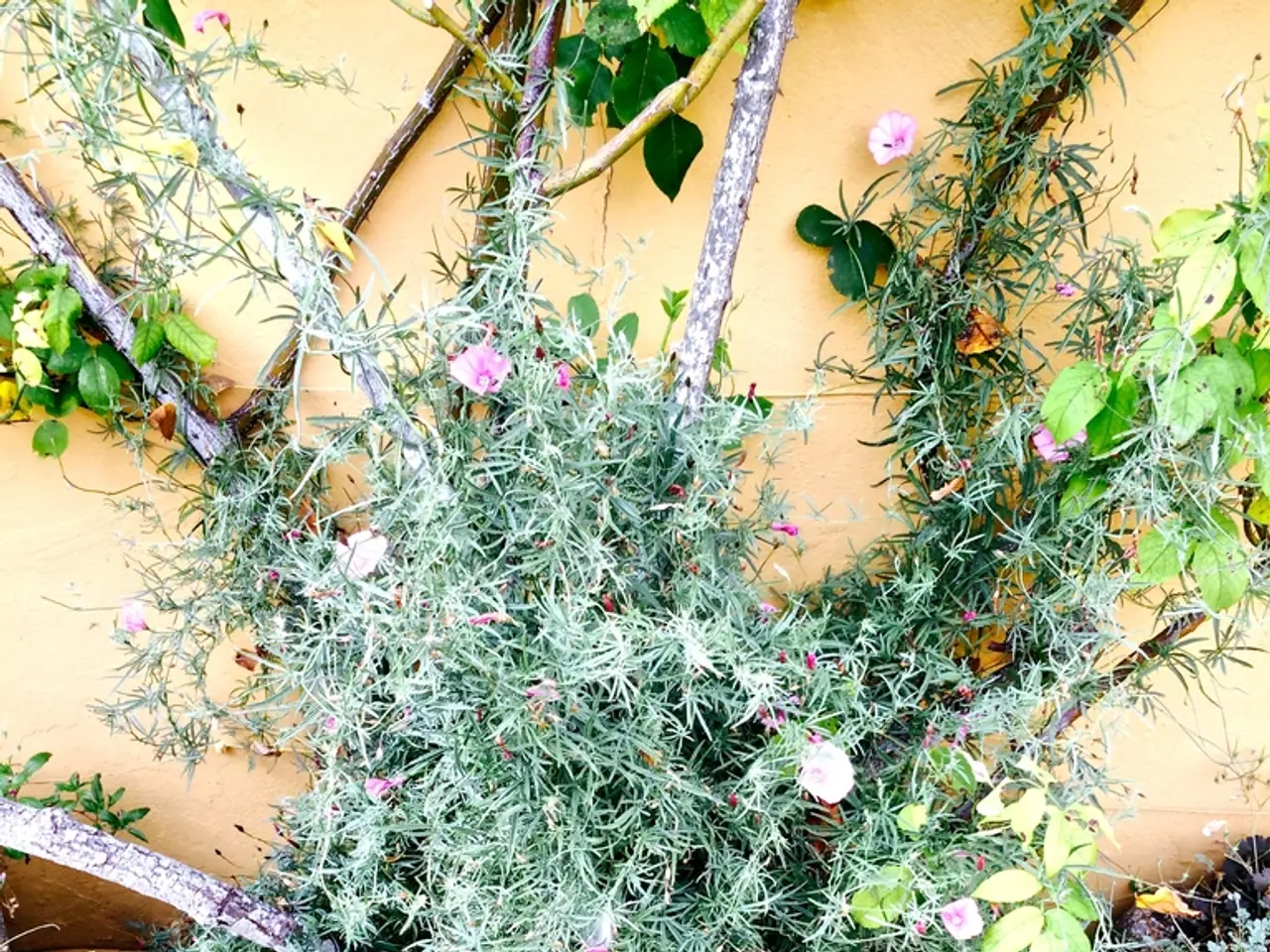Methods for Cultivating Snapdragons (Antirrhinum)
Snapdragons, Antirrhinum in botanical terms, are a delightful addition to any garden. These cheerful annual plants come in a range of different colors and heights, making them a versatile choice for various gardening situations.
Planting and Spacing
Choose a location with full to partial sun, ideally 6-8 hours daily. Snapdragons tolerate a range of soil types and pH but prefer well-draining soil. Space plants about 8 inches apart to allow airflow and growth.
For seeds, use high-quality, free-draining potting mix, sow thinly on pre-moistened soil, and keep under humidity and warmth until germination (about 1-2 weeks).
In containers, ensure adequate drainage and monitor moisture closely since containers dry quickly.
Watering and Fertilizing
Newly planted snapdragons need daily watering for the first week; once established, water every 2-3 days in warm, dry weather to keep soil evenly moist without waterlogging. Water at the base to avoid leaf wetness and potential disease.
Apply a balanced, slow-release fertilizer at planting time, then supplement every 4-6 weeks during the growing season with a water-soluble fertilizer.
Light Requirements and Climate Considerations
Full sun is preferred, but some varieties tolerate partial shade. In hot climates, afternoon shade can help reduce stress.
Snapdragons are hardy down to about 30°F and grow well outdoors in USDA zones 9-11. Their flowering season varies by group and planting time, with some varieties suitable as annuals in cooler zones.
Additional Care Tips
Pinching back young plants can encourage bushier growth but may delay blooming slightly. Mulching helps conserve moisture in hot weather. Deadhead spent flowers to promote continuous blooming.
Notable Snapdragon Varieties
- 'Madame Butterfly' is a very colourful mixed hybrid snapdragon with long-lasting double blooms.
- 'Twinny Peach' is a dwarf variety with bright yellow and orange flowers with delicately frilled petals, a compact, bushy plant good for growing in containers or using to fill gaps at the front of a sunny border.
- 'Royal Bride' is a snapdragon variety that bears spikes of beautiful pure white flowers with a delicate fragrance, perfect for growing in a mixed border and making excellent cut flowers, particularly attractive to bumblebees.
- 'Night and Day' is a snapdragon variety with dark foliage and spikes of dark, velvety-crimson flowers with sharply contrasting silvery-white throats.
Taller cultivars of snapdragons make good cut flowers and last well over a week in water.
Sowing and Growing Snapdragons
Sowing snapdragon seeds can be done in autumn or early spring, either in a greenhouse or on a sunny windowsill. Once large enough to handle, seeds should be transferred into pots and grown on in a sheltered spot or cold frame before being planted out after the danger of frost has passed.
Seeds should be sown thinly on the surface of compost and watered, then sealed in a propagator or clear plastic bag. Keep snapdragons well watered and support taller varieties with canes if required.
Remember, snapdragons are attractive to wildlife, making them a great choice for a garden that encourages biodiversity. With the right care and conditions, snapdragons can provide a long flowering period, from June until October, adding a splash of colour to your garden throughout the summer months.
Incorporate snapdragons into your home-and-garden lifestyle by planting them in your garden as an attractive addition that encourages biodiversity. Whether you're growing them from seeds or opting for varied snapdragon varieties like 'Madame Butterfly', 'Twinny Peach', 'Royal Bride', or 'Night and Day', these versatile plants can be easily adapted to different gardening situations, providing a splash of color from June until October.




